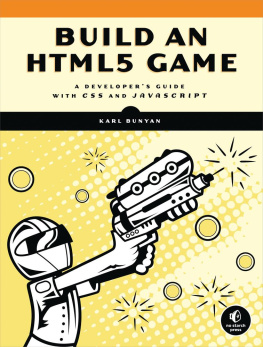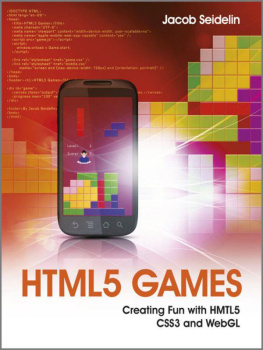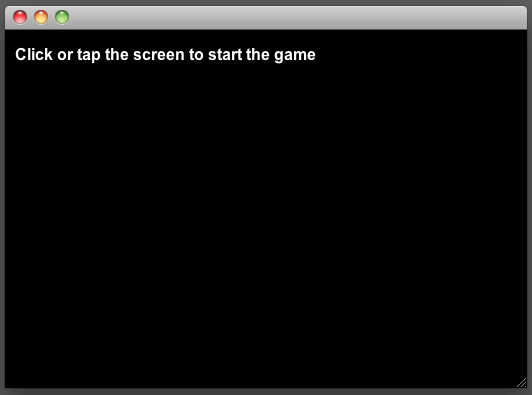Mario Andres Pagella [Mario Andres Pagella] - Making Isometric Social Real-Time Games with HTML5, CSS3, and JavaScript
Here you can read online Mario Andres Pagella [Mario Andres Pagella] - Making Isometric Social Real-Time Games with HTML5, CSS3, and JavaScript full text of the book (entire story) in english for free. Download pdf and epub, get meaning, cover and reviews about this ebook. year: 2011, publisher: O’Reilly Media, Inc., genre: Computer. Description of the work, (preface) as well as reviews are available. Best literature library LitArk.com created for fans of good reading and offers a wide selection of genres:
Romance novel
Science fiction
Adventure
Detective
Science
History
Home and family
Prose
Art
Politics
Computer
Non-fiction
Religion
Business
Children
Humor
Choose a favorite category and find really read worthwhile books. Enjoy immersion in the world of imagination, feel the emotions of the characters or learn something new for yourself, make an fascinating discovery.
- Book:Making Isometric Social Real-Time Games with HTML5, CSS3, and JavaScript
- Author:
- Publisher:O’Reilly Media, Inc.
- Genre:
- Year:2011
- Rating:4 / 5
- Favourites:Add to favourites
- Your mark:
Making Isometric Social Real-Time Games with HTML5, CSS3, and JavaScript: summary, description and annotation
We offer to read an annotation, description, summary or preface (depends on what the author of the book "Making Isometric Social Real-Time Games with HTML5, CSS3, and JavaScript" wrote himself). If you haven't found the necessary information about the book — write in the comments, we will try to find it.
Anyone familiar with Zyngas Farmville understands how fun and addictive real-time social games can be. This hands-on guide shows you how to design and build one of these games from start to finish, with nothing but open source tools. Youll learn how to render graphics, animate with sprites, add sound, validate scores to prevent cheating, and more, using detailed examples and code samples.
By the end of the book, youll complete a project called Tourist Resort that combines all of the techniques youve learned. Youll also learn how to integrate your game with Facebook. If youre familiar with JavaScript, HTML5, and CSS3, youre ready to get started.
- Use HTML5s canvas element to build smooth animations with sprites
- Create an isometric grid pattern for high-performance graphics
- Design a GUI that works equally well on mobile devices and PCs
- Add sound to your game with HTML5s audio element
- Implement the games path-finding function with WebWorkers
- Build a client data model on the server with PHP and MySQL
- Make your game come alive with dynamic CSS3 objects
Mario Andres Pagella [Mario Andres Pagella]: author's other books
Who wrote Making Isometric Social Real-Time Games with HTML5, CSS3, and JavaScript? Find out the surname, the name of the author of the book and a list of all author's works by series.

![Mario Andres Pagella [Mario Andres Pagella] Making Isometric Social Real-Time Games with HTML5, CSS3, and JavaScript](/uploads/posts/book/121401/thumbs/mario-andres-pagella-mario-andres-pagella.jpg)

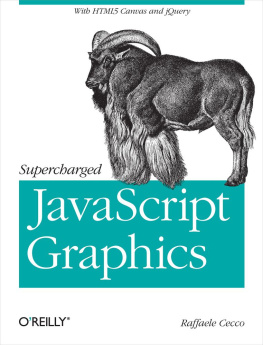
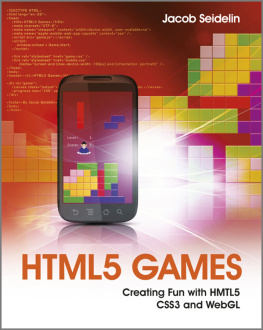

![Rex van der Spuy [Rex van der Spuy] - The Advanced Game Developer’s Toolkit: Create Amazing Web-based Games with JavaScript and HTML5](/uploads/posts/book/121403/thumbs/rex-van-der-spuy-rex-van-der-spuy-the-advanced.jpg)
![Rex van der Spuy [Rex van der Spuy] - Foundation Game Design with HTML5 and JavaScript](/uploads/posts/book/121398/thumbs/rex-van-der-spuy-rex-van-der-spuy-foundation.jpg)

